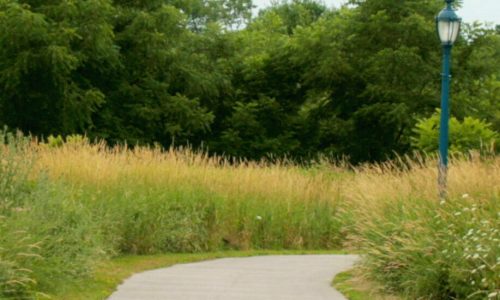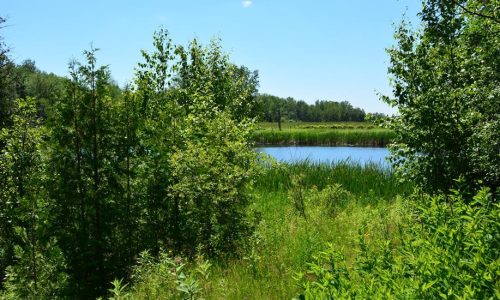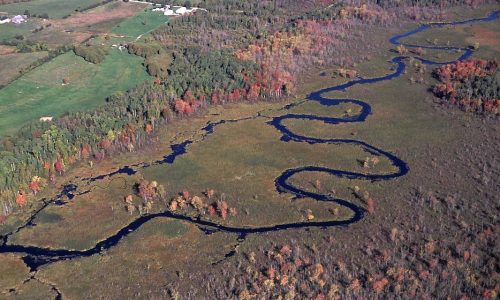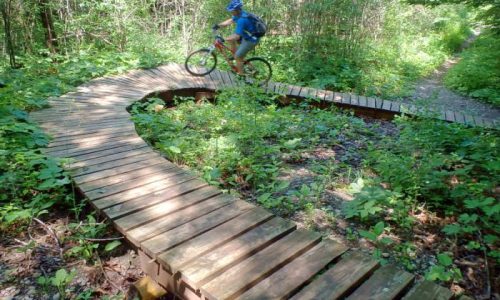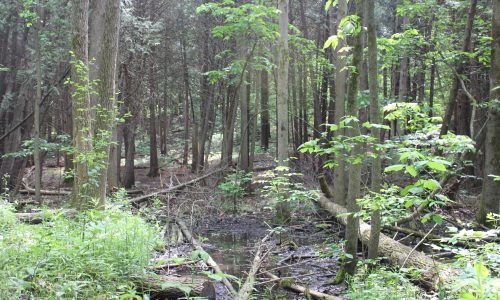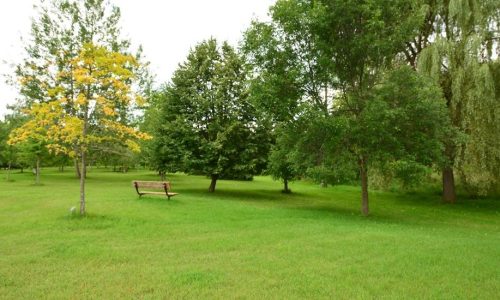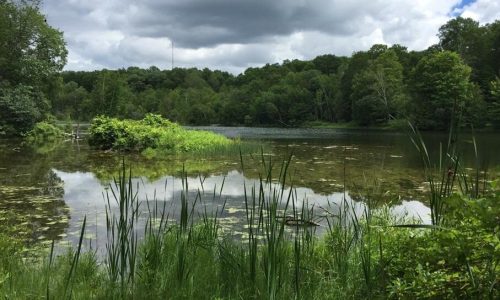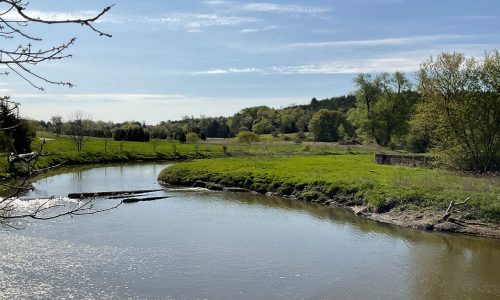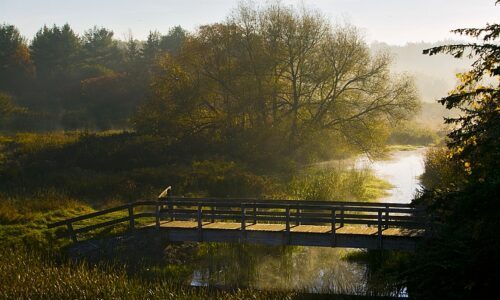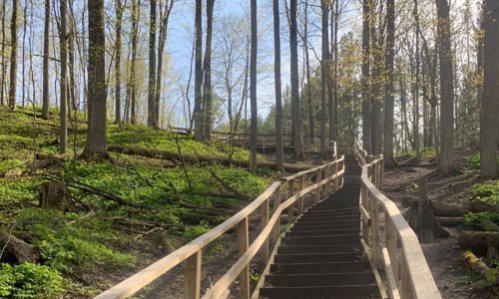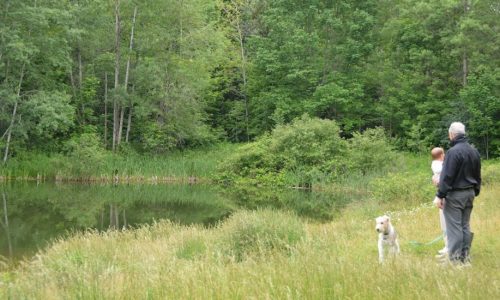Birding at Scanlon Creek
Birding at Scanlon Creek
Grab a pair of binoculars and head out to Scanlon Creek in Bradford for some birdwatching! Explore forests, ravines and open areas as you search for the hundreds of birds that call Scanlon Creek home.
Many bird species have begun their journey back to Ontario, making spring an exciting time to go birding. Within the open areas at Scanlon Creek, on the Creekside trail, you’ll see species such as the belted kingfisher, yellow-bellied sapsucker and warblers, such as the black-throated blue warbler and the yellow-rumped warbler, return home to nest and breed.
Some of the more common species you’re likely to see include willow flycatchers, field sparrows, chipping sparrows and brown-headed cowbirds.
Keep an eye out for bizarre behaviour from our feathered friends! Cedar waxwings sometimes enjoy fermented berries causing them to appear slightly drunk. These berries are simply over-ripe, causing fermentation that produces alcohol. Birds that overindulge often seem disoriented and unable to perch properly. You might spot flocks of these masked birds in open areas, as well as in the ravine and adjacent deciduous forest on the northern parts of the Kingfisher trail. Other species that you might spot here are ovenbirds, pileated woodpeckers, nuthatches, red-eyed vireos and eastern wood pewees.
If you’re staying close to the upland area of Scanlon, the Sugar Maple Trail, cardinals, song sparrows, chickadees, gray catbirds, blue jays, and pine warblers will keep you company. And if you spot any red flowers on your visit, listen for the low hum of the ruby-throated hummingbird who will also be making its way back to Scanlon. Did you know you can track hummingbird migration? Check out this migration map.

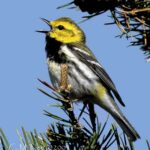
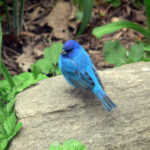
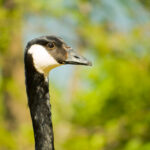
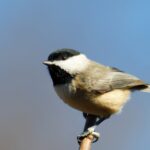
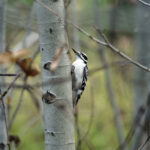
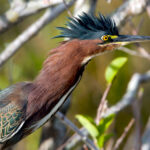
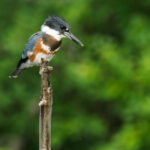
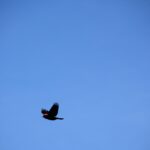
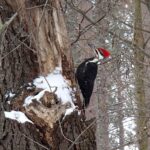
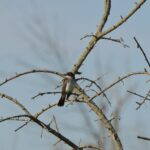
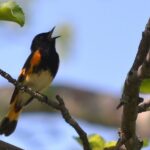
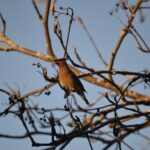
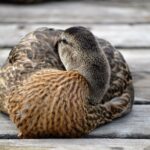
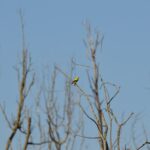
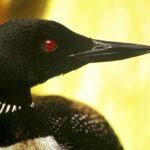
Birds at Scanlon Creek
Over the past few years, with the help of events like the BioBlitz, we’ve been able to identify the following species:
- Acadian Flycatcher
- Alder Flycatcher
- American Bittern
- American Crow
- American Goldfinch
- American Redstart
- American Robin
- Baltimore Oriole
- Belted Kingfisher
- Black-and-white Warbler
- Black-capped Chickadee
- Black tern
- Black-throated Blue Warbler
- Black-throated Green Warbler
- Blue Jay
- Brown-headed Cowbird
- Canada Goose
- Cedar Waxwing
- Chestnut-sided Warbler
- Chipping Sparrow
- Common Grackle
- Common Loon
- Common Yellowthroat
- Downy Woodpecker
- Eastern Kingbird
- Eastern Phoebe
- Eastern Towhee
- Eastern Wood-Pewee
- European Starling
- Gray Catbird
- Great Crested Flycatcher
- Green Heron
- House Wren
- Indigo Bunting
- Killdeer
- Mallard
- Mourning Dove
- Northern Cardinal
- Northern Flicker
- Ovenbird
- Pileated Woodpecker
- Pine Warbler
- Purple Finch
- Red-breasted Nuthatch
- Red-eyed Vireo
- Red-tailed Hawk
- Red-winged Blackbird
- Ring-billed Gull
- Ruby-throated Hummingbird
- Scarlet Tanager
- Sharp-shinned Hawk
- Song Sparrow
- Tree Swallow
- Turkey Vulture
- Vesper Sparrow
- White-breasted Nuthatch
- Wild Turkey
- Wood Thrush
- Yellow-bellied Sapsucker
- Yellow rail
- Yellow-rumped Warbler

